2002
 This paper addresses the infatuation of contemporary culture with zombies/the living dead and the resulting from it glorification of inertia. Zombies, as presented in the article, are understood in terms of paradoxical entities defined primarily through their lack of identity and as such acquiring new properties and becoming a new identity instantly recognisable to anyone but themselves. The paper divides zombies into four categories: (1) random zombies – driven by their survival instinct and characterised by constant hunger, (2) slave zombies – direct descendants of the voodoo tradition, created solely for the purpose of ensuring the material profit or sexual gratification of their masters, (3) evil zombies – malevolent creatures of limited intelligence driven by the desire to do evil rather than just by pure animal instinct, and (4) conscious zombies – fully aware and intelligent creatures whose properties make them superior to ordinary human beings. Observing the constant growth of the desirability of the zombie category the paper links it to the popular perception of man becoming dependent on the artificially created environment, and a common belief in the possibility of breaking the bondage of social and economic conventions and achieving the sense of liberation only through the complete and unconditional submission to the external reality and the forces governing it.
This paper addresses the infatuation of contemporary culture with zombies/the living dead and the resulting from it glorification of inertia. Zombies, as presented in the article, are understood in terms of paradoxical entities defined primarily through their lack of identity and as such acquiring new properties and becoming a new identity instantly recognisable to anyone but themselves. The paper divides zombies into four categories: (1) random zombies – driven by their survival instinct and characterised by constant hunger, (2) slave zombies – direct descendants of the voodoo tradition, created solely for the purpose of ensuring the material profit or sexual gratification of their masters, (3) evil zombies – malevolent creatures of limited intelligence driven by the desire to do evil rather than just by pure animal instinct, and (4) conscious zombies – fully aware and intelligent creatures whose properties make them superior to ordinary human beings. Observing the constant growth of the desirability of the zombie category the paper links it to the popular perception of man becoming dependent on the artificially created environment, and a common belief in the possibility of breaking the bondage of social and economic conventions and achieving the sense of liberation only through the complete and unconditional submission to the external reality and the forces governing it.
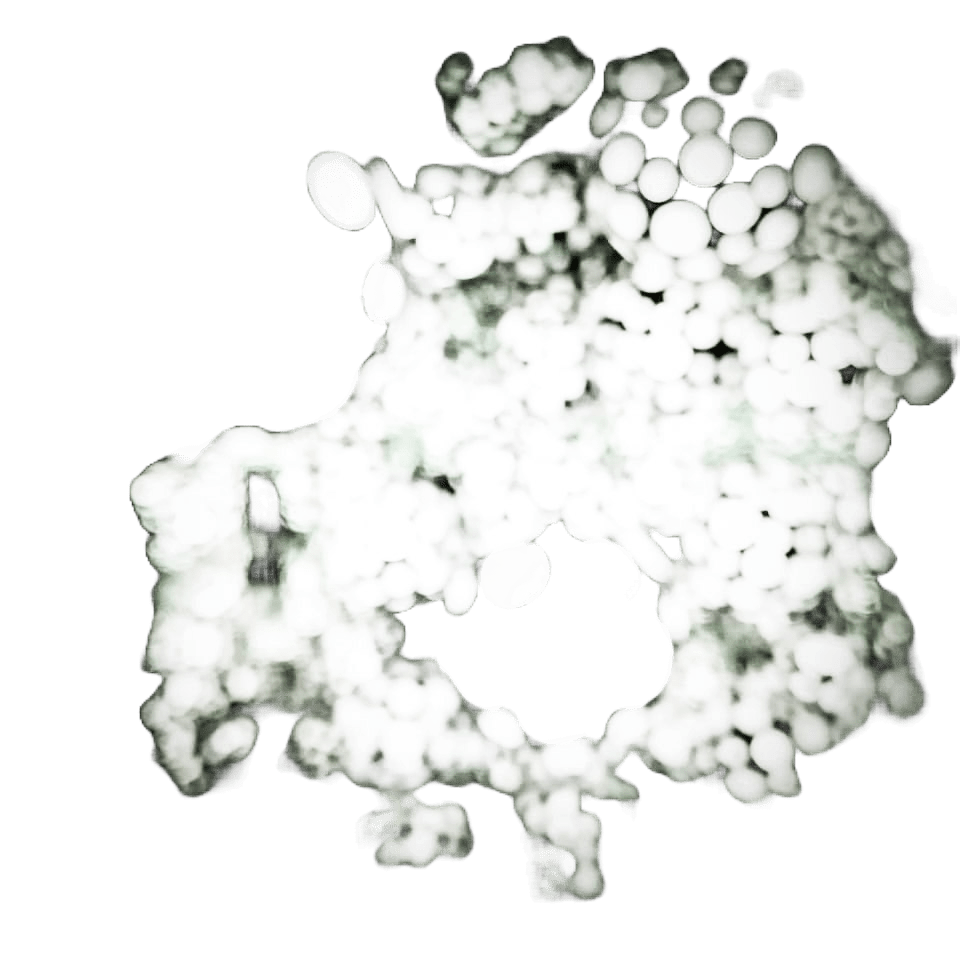
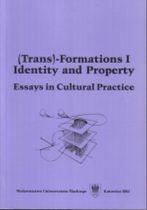

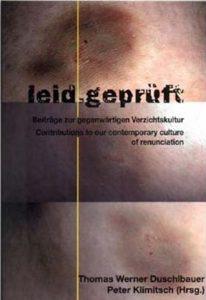 Resulting from the glorification of inertia and suffering Gothic can be seen as built on masochistic premises. But while early Gothic texts seemed to focus on the trials and tribulations of victimised heroines, contemporary gothicisms serve as markers of renunciation. Gothic identity, seen as both the identity of fictitious Gothic heroes and of people for whom Gothic has become a lifestyle (from alternative performance artists to the members of the Goth subculture), advocates wilful embracing of the Other as a means to renounce any aspects of conformity expected of the members of Western post-industrial societies. Having incorporated identity and properties of the Other, modern-day Gothic heroes indulge in celebrations of carnivalesque martyrdom in the name of ascertaining their individuality. The paper discuss the role exposure to pain and suffering and its submissive acceptance play in the formation of Gothic identity. The paper’s main assumption is that self-induced melancholia characteristic of Gothic heroes is generally a therapeutic technique aimed at combating post-traumatic depression by means of developing an alternative narcissistic identity. Gothic renunciation of conformity can thus be said to undergo a number of fixed stages: from the initial rejection of society’s norms, through the discovery of masochistic pleasure in passive resistance and development of manipulation skills, to the hedonistic enjoyment of the fully-formed narcissistic identity. The moment when disease becomes an aesthetic ideal, pain turns to pleasure and Gothic succeeds.
Resulting from the glorification of inertia and suffering Gothic can be seen as built on masochistic premises. But while early Gothic texts seemed to focus on the trials and tribulations of victimised heroines, contemporary gothicisms serve as markers of renunciation. Gothic identity, seen as both the identity of fictitious Gothic heroes and of people for whom Gothic has become a lifestyle (from alternative performance artists to the members of the Goth subculture), advocates wilful embracing of the Other as a means to renounce any aspects of conformity expected of the members of Western post-industrial societies. Having incorporated identity and properties of the Other, modern-day Gothic heroes indulge in celebrations of carnivalesque martyrdom in the name of ascertaining their individuality. The paper discuss the role exposure to pain and suffering and its submissive acceptance play in the formation of Gothic identity. The paper’s main assumption is that self-induced melancholia characteristic of Gothic heroes is generally a therapeutic technique aimed at combating post-traumatic depression by means of developing an alternative narcissistic identity. Gothic renunciation of conformity can thus be said to undergo a number of fixed stages: from the initial rejection of society’s norms, through the discovery of masochistic pleasure in passive resistance and development of manipulation skills, to the hedonistic enjoyment of the fully-formed narcissistic identity. The moment when disease becomes an aesthetic ideal, pain turns to pleasure and Gothic succeeds. 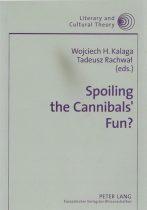
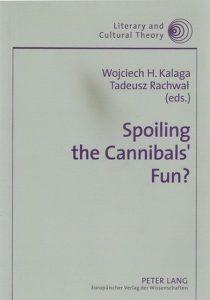 The article explores the romantic face of cannibalism, where the act of devouring human flesh is deconstructed as the ultimate expression of love. It focuses on the issue of love cannibalism and the romanticised myth of the loving cannibal, which has been functioning as a successful cultural metaphor since the 1990s. The article sets love cannibalism in the broader context of necrophilia, understood both in terms of a sexual disorder and a morbid fascination with the subject of love in death. Finally, it compares the romantic representation of cannibalism in contemporary texts to the similarly romantic depiction of AIDS, the infection with which is treated as equivalent with taking control of the lover’s body. The core of the article is the discussion of two criminal cases – Jeffrey Dahmer’s and Issei Sagawa’s – which serve to illustrate the relationship between love cannibalism and necrophilia. The argument is further expanded to examine various representations of necrophilia and love cannibalism in contemporary literature and film.
The article explores the romantic face of cannibalism, where the act of devouring human flesh is deconstructed as the ultimate expression of love. It focuses on the issue of love cannibalism and the romanticised myth of the loving cannibal, which has been functioning as a successful cultural metaphor since the 1990s. The article sets love cannibalism in the broader context of necrophilia, understood both in terms of a sexual disorder and a morbid fascination with the subject of love in death. Finally, it compares the romantic representation of cannibalism in contemporary texts to the similarly romantic depiction of AIDS, the infection with which is treated as equivalent with taking control of the lover’s body. The core of the article is the discussion of two criminal cases – Jeffrey Dahmer’s and Issei Sagawa’s – which serve to illustrate the relationship between love cannibalism and necrophilia. The argument is further expanded to examine various representations of necrophilia and love cannibalism in contemporary literature and film.